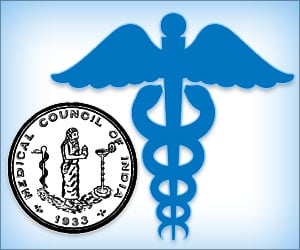REACH (Registration, Evaluation, Authorization and Restriction of Chemical) legislation is intended as a comprehensive safety evaluation for commercial chemicals in the continent
A comprehensive safety evaluation for commercial chemicals used in consumer products that are traded in Europe at amounts more than one ton per year is being proposed via the European Union's REACH (Registration, Evaluation, Authorization and Restriction of Chemical) legislation.
However, implementation of the regulation may require 54 million research animals and €9.5 billion ($13.4 billion) over the next 10 years, which represents 20 times the number of animals and six times the cost anticipated in previous estimates, according to an analysis led by researchers at the Johns Hopkins Bloomberg School of Public Health. Currently, the EU uses approximately 900,000 animals at a cost of €600 million ($847 million) per year to evaluate new chemicals, drugs, pesticides and food additives. A commentary on the research is published in the August 26 edition of Nature. The full analysis will appear the same day as an electronic prepublication of the September 2009 edition of the journal ALTEX, Alternatives to Animal Experimentation."As a toxicologist, I support the aims of REACH—it is the biggest investment into consumer safety ever," said study author, Thomas Hartung, MD, PhD, Doerenkamp-Zbinden Professor and Chair for Evidence-based Toxicology and director of the Center for Alternatives to Animal Testing (CAAT) at the Bloomberg School of Public Health. "However, I am concerned that we have underestimated the scale of the challenge. Investment into developing alternative research methods to meet REACH goals is urgently needed."
According to Hartung and co-author Constanza Rovida, estimates for the number of chemicals to be covered by REACH range from 68,000 to 101,000, which is higher than the earlier estimate of 29,000 chemicals. The analysis was based on the conservative estimate of 68,000 registered chemicals. Results showed that 90 percent of the projected animal use and 70 percent of the projected cost would come from research into reproductive toxicity testing. This often requires that data be collected from two species of test animals and their offspring. The U.S. Environmental Protection Agency regulations do not include two-species provisions.
"A revision of test approaches especially for reproductive toxicity is essential. There is no alternative to REACH, but there will be no REACH without alternatives," said Hartung.
Further discussions of REACH and alternative testing methods will be addressed at the 7th World Congress on Alternatives & Animal Use in the Life Sciences held in Rome, Italy, August 30 to September 3. The meeting is co-chaired by Hartung.
Advertisement
RAS









